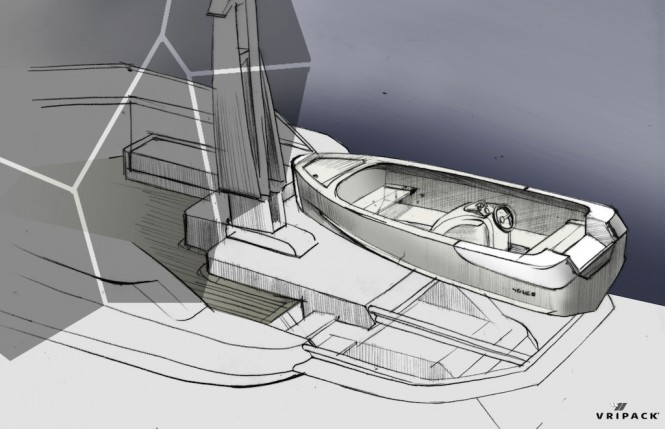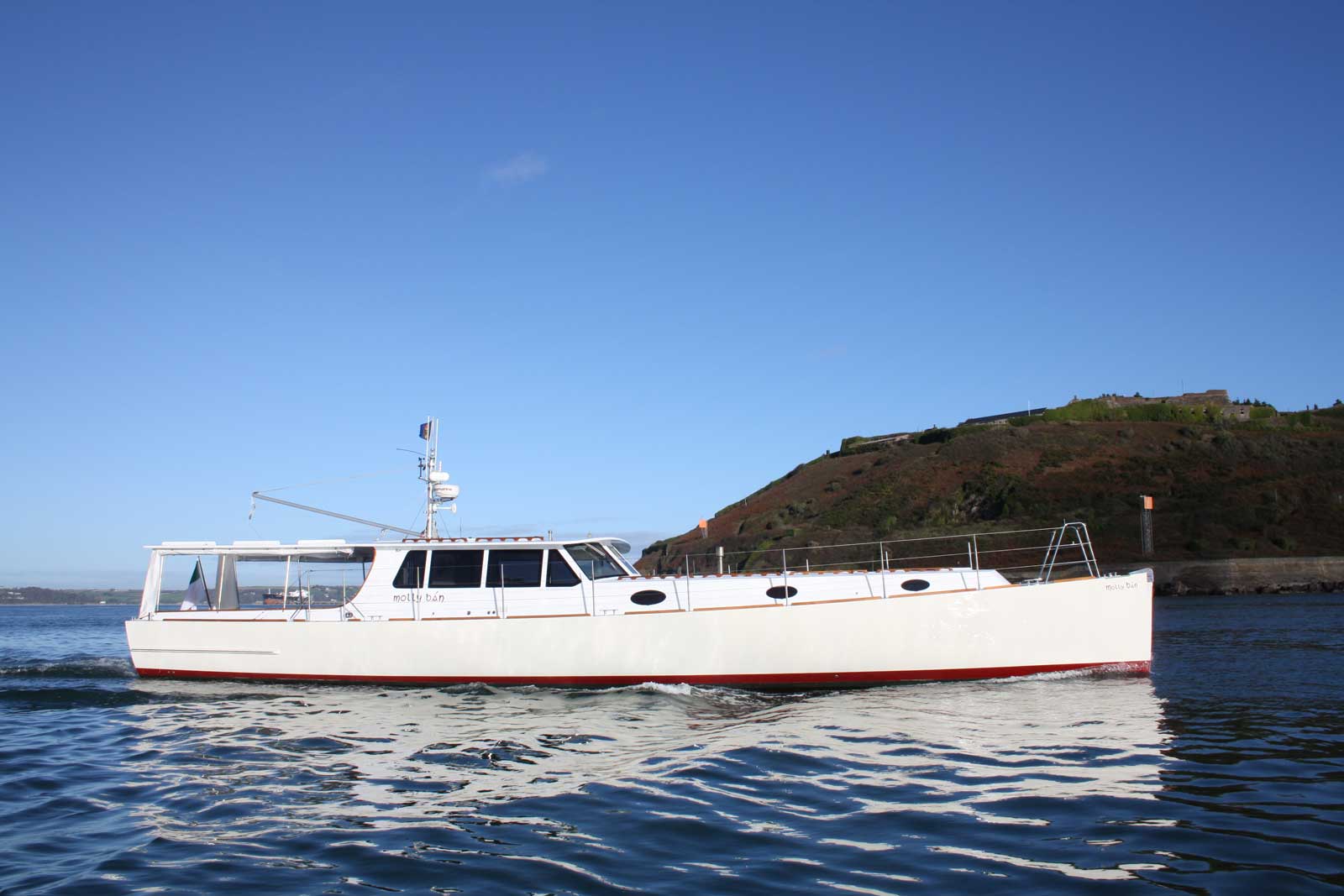Yes - shorter term price adjustments as we've seen will likely impact the shorter term demand for less fuel-efficient boats (as we've seen in the car market and Trucks/SUV sales recently). But I think the longer term trend, and general interest and emphasis on efficiency will move people in this direction over time.
Interestingly - was reading up on this forum about the European purchasing discussion - and stumbled upon another longer leaner design - one that looks very, very similar to the Dashew FPB - but a little more modern / European in its design. Check this out:
Full Details, pricing and more images here:
http://www.elburgyachting.nl/sp/s5043nl.htm
"June 2012 - What is most striking when you look at the NED 70 of the Dutch company Ned Yacht is the length/width ratio of 4:1. The slender shape of this stunning new motoryacht is accentuated by the angle of the windows in the wheelhouse and the shape of the stanchions. This brand new motoryacht was designed by the international well-known Vripack Naval Architects according to the so-called ‘LDL-principle’. This means that not the ships volume is essential, but the lines of the ship itself are leading in the design. Of course the completely aluminium NED 70 is provided with all luxury you can image. But also the range of this special ship is stunning. You can cross the Atlantic and pick an anchor bay on Barbados, but also cruise the British east coast or the Dutch ‘Wadden-area’.
The lines of the NED 70 are sharp and angular. These contours make the yacht look slender and a little ‘mean’. Designed according to LDL, in which LDL stands for Low Displacement Length. A modern word, but a principle that is at least one century old. In the days that engines were not as powerful as they are nowadays it was essential to have a length/width ratio of at least 4:1 to make sure ships were able of good cruising speeds. To make sure that the NED 70 behaves well in waves, the hull is provided with bilge keels and stabilizers that will eliminate rocking in waves. The bilge keels have a second advantage: they make it possible to let the NED 70 easily dry out in tidal areas."
Technical specifications:
LOA : 21.45 m
BOA : 5.49 m
Draft : 0.96 m (at half load)
Propulsion : 2x John Deere 6068 SFM 50 M5, 300 hp/2.600 rpm
Cruising speed : 9 knots
Maximum speed : 15 knots
Range : 3.300 Nautical miles at 9 knots cruising speed
Fuel : 8.400 litres
Water : 1.500 litres
Designer : Vripack
Naval Architect : Vripack
Builder : NED Yacht BV
Source:
http://hollandyachtinggroup.com/EN/562/ned-70-slender-but-powerful.html













